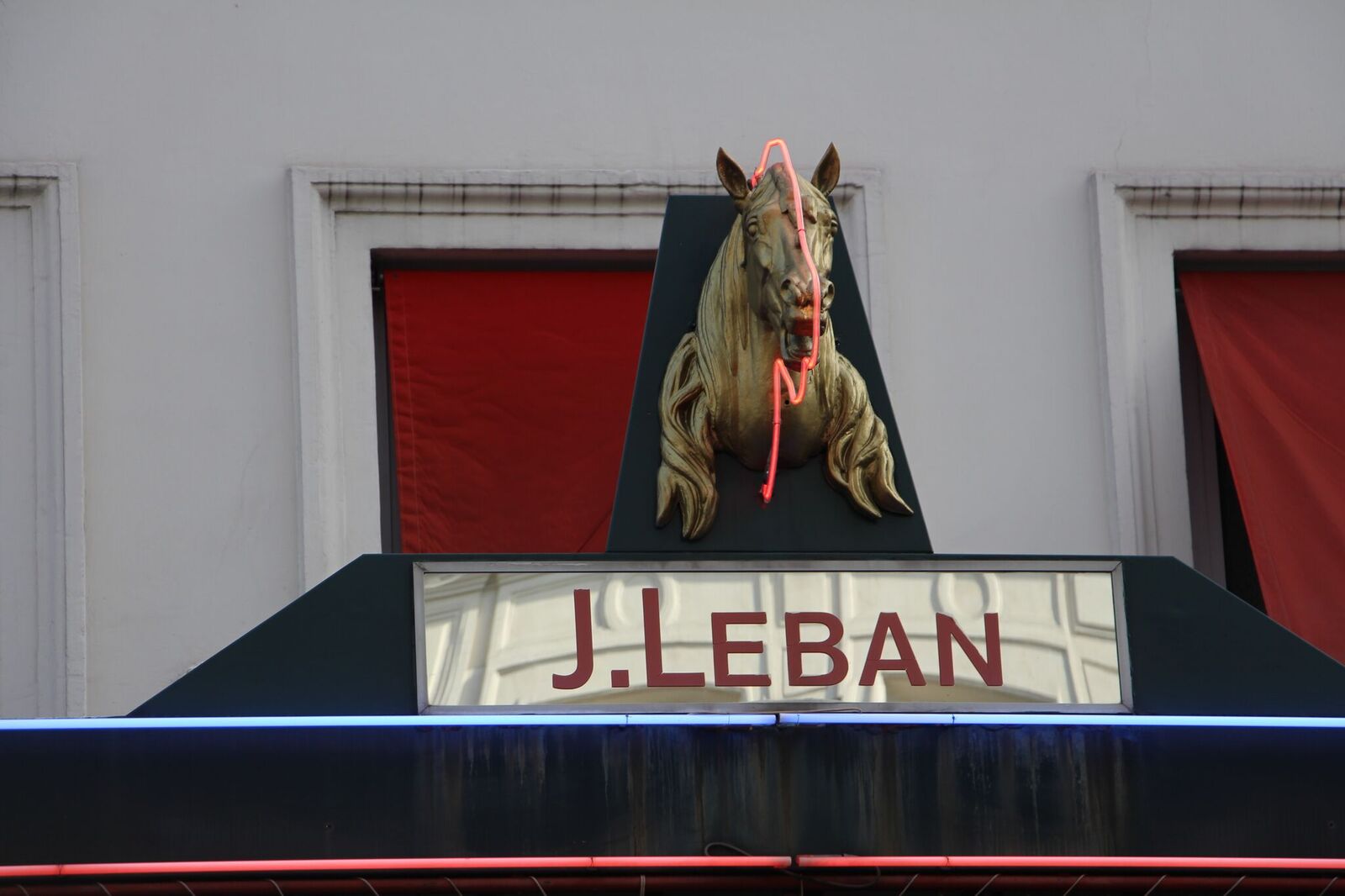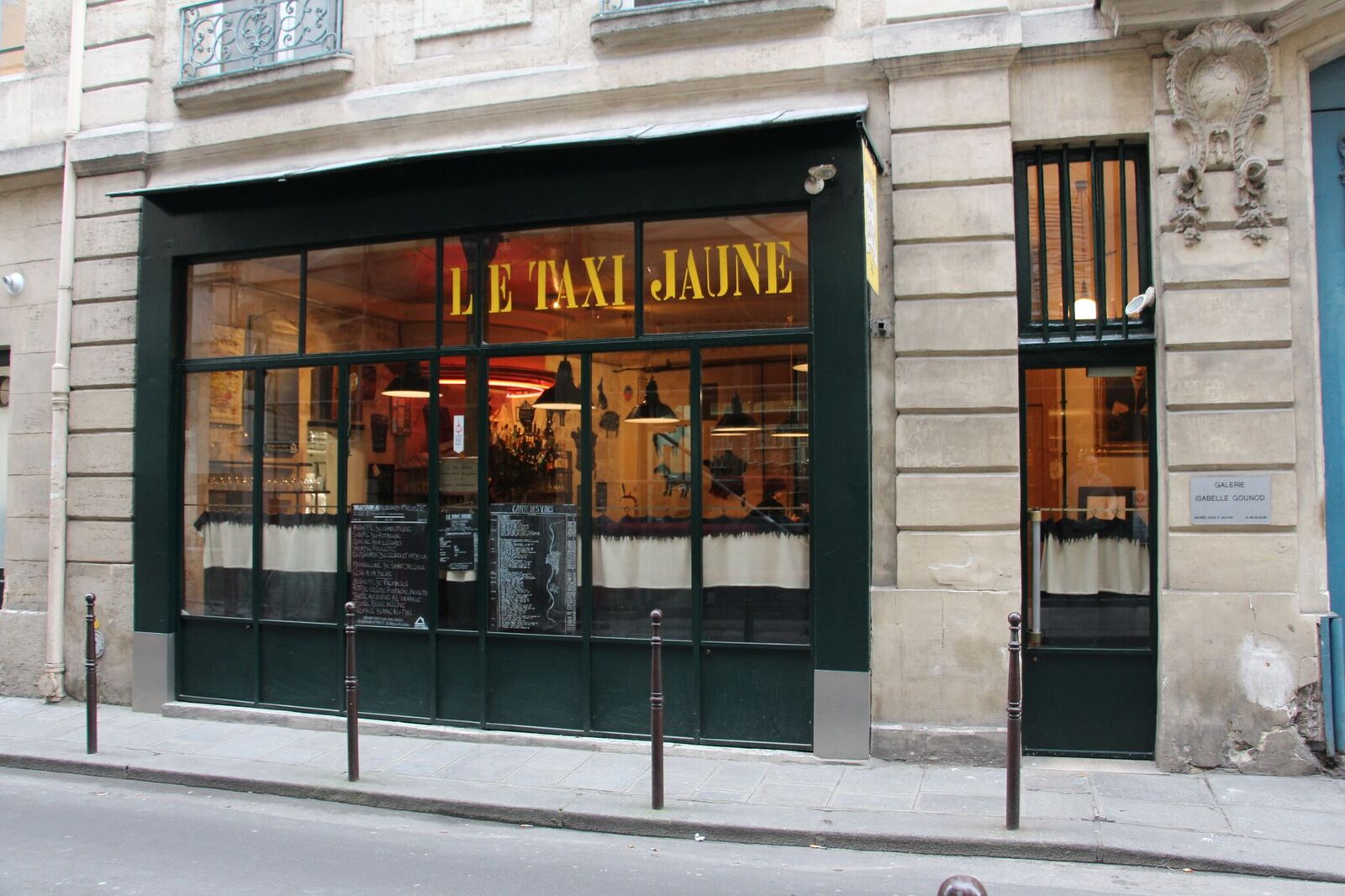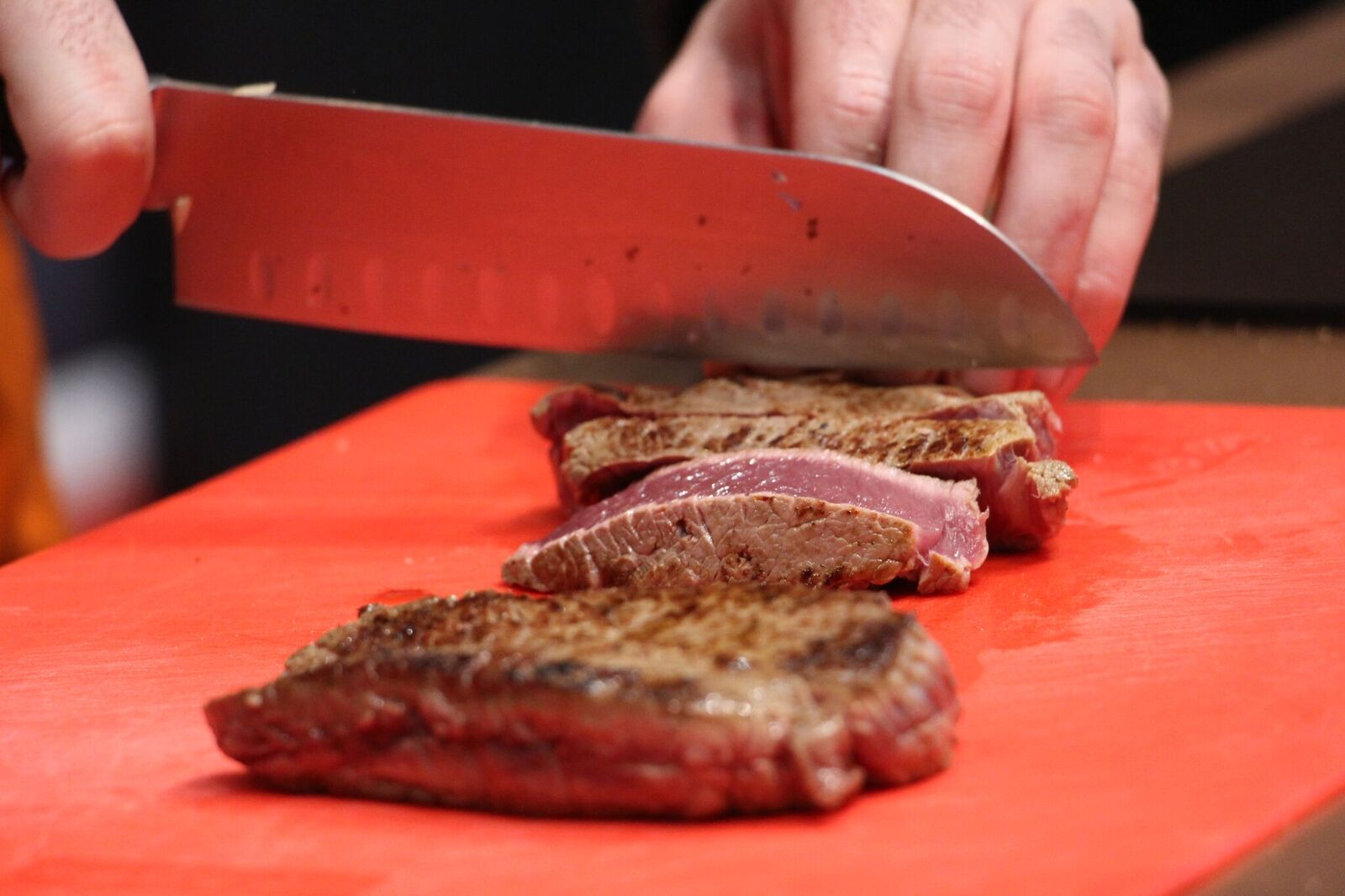In my years living in France, I’ve eaten things most Americans would have a visceral reaction toward, from sweetbreads to tongue to pigeon. The one culinary oddity that never crossed my plate? Horse. In honor of my ten-year anniversary with my adopted country, it was time to change that.
There are a number of reasons horse has never trotted my way (none of which have anything to do with the fact that I was once a seven-year-old girl). Shrink-wrapped horse steaks continue to have a place on the supermarket shelf between the beef and the lamb, and my local boucherie chevaline—with its horsehead mascot—still does a moderate trade in horse meat. But horse isn’t something that frequently rears its head on restaurant menus or my French in-laws’ table.
Videos by VICE
“My grandma eats horse,” some of my friends have said.. “But I never have.”

All photos by author.
French horse consumption dates back to the Gaulish Germanic tribes that inhabited the region long before Julius Caesar claimed it for Rome. In fact, the proto-French probably happily ate horse until 732 A.D., when Pope Gregory III abolished it as a pagan practice (a decree that likely had more to do with conserving horses for warfare than any particular piety).
That said, not everyone paid the rule much heed, as culinary anthropologist Georges Carantino explains, “Even if the social elite wasn’t eating it, what about the poor?” When a workhorse became too old to pull a plow, there was no question as to what to do: serve it for dinner.
Nevertheless, consuming horse remained technically illegal in France until 1866, when animal protection groups pressured the French government to legalize the practice rather than see horses overworked into their old age. Horse consumption quickly increased over 11 times to nearly two million pounds per year in 1879.
READ MORE: This Restaurant Serves ‘My Little Pony Burgers’ Made of Actual Ponies
It was at this point that the horse butcher shop became a staple of markets throughout France, and unique recipes were developed, including the original steak tartare, named for the Turkic Tatars who would tenderize horse meat under their riding saddles before consuming it raw.

Horse meat’s heyday came after World War II, with the modernization of the agricultural industry. Suddenly, tractors were en vogue, and workhorses were out of the job.
“The number of horse butcher shops exploded,” explains Carantino. “The horses had to be made useful.”
Horse meat finally fell from grace in the 1980s, due, in part, to Anglo-Saxon-influenced “sensitivity,” according to Carantino. Vegetarian actress Brigitte Bardot started an animal rights campaign featuring not only the first televised animal slaughter but also a video of a “crying” horse that turned people off of horse meat, seemingly for good.
Today, those who continue the old art are few and far between. Otis Lebert, chef and owner of Paris’ historic Taxi Jaune restaurant, is one of them. “I don’t really publicize it,” he says, “I have six dishes on my menu, and one of them is horse.”

He prepares it like beef, in a stew or grilled with a shallot sauce. “I still try to make sure that you can taste the horse,” he says.
READ MORE: I Followed Horse Meat from the Slaughterhouse to the Butcher Shop
Eric Vigoureux, the last in a long line of horse butchers, says that most French consumers come from horse-eating backgrounds. For these people, horse is comfort food; Otis recalls one 80-year-old patron who still comes in for steak tartare.
“He says it reminds him of his childhood,” Otis says, smiling.
But horse consumption is falling, and France’s nine heavyweight workhorse breeds, no longer useful for farm work, are at stake.
“If we stop eating horse in France, these breeds will disappear,” says Eric.

With no mass horse production industry in France given the lack of regular market, horse is one of the most sustainable meat choices, coming mainly from farmers (or even racing breeders) making end-of-life decisions that take into account the enormity of the animal and its carbon footprint.
Slaughter, believe it or not, is the most sustainable, humane, and financially sound option, as boarding is pricey and euthanasia not only takes several hours but costs upwards of 700 euros. Many horse farmers and breeders choose slaughter—and even serve Lucky for dinner in their own homes.
A few Parisian chefs are attempting to bring horse meat into the limelight: in 2012, Otis organized an art and food event focused on the relationship between man, horse, and horse meat, and in 2013, Bertrand Grébaut, the famed Michelin-starred chef of Septime, caused a sensation by carving a horse heart live on screen.
“I love the taste of horse—no shame,” says Bertrand. “It’s something that’s anchored in French tradition. I would have really liked to put my spin on it.”
And that might send its popularity soaring, but Bertrand hasn’t had the chance.
“I don’t think I’ll ever put it on the menu, because the supply chains are super hazy,” he says.

The lack of a regular market for horse means that France has no mass production industry. Most French horse meat comes from cattle farmers with just a handful of horses in pasture.
To get his hands on one of these elusive French-raised horses, Bertrand would either need to stumble across a trustworthy farmer with a seasoned horse ready to meet its maker or be relegated to the carbon hoofprint of the Romanian or Canadian supply chains.
This, after all, is what most French butchers are peddling—at least, the few that remain. Take Gilbert Huard, for example, who has been working in the industry for 56 of his 70 years, or Alain and Liliane Guillou, who finally sold their shop to retire, only to see it shutter shortly thereafter. Today, France counts only about 600horse butcher shops (down from nearly double that just 20 years ago), most of which, Eric notes, will likely close within the next ten years when the butchers retire with no one to take their places.
That’s the motivation behind Eric’s new venture: a professional reconversion course to be added to the conventional butchery program that might finally close the loop between lack of demand and lack of supply and bring horse back onto the plates of the masses.
There was just one thing left to do: try horse myself. So, seated with Eric, Otis, Alain, and Liliane at Paris’ biggest agricultural trade show, I ordered a horse steak—rare, like they do.
People have tried to describe horse’s flavor; most claim it’s like beef, albeit slightly sweeter. Texturally, reviews are split: some claim it’s more tender than beef, while others use the word stringy. As far as I’m concerned, none of these descriptions really nail it.
It’s juicy, that much is sure—much juicier than such a lean cut would be if it were beef. It’s got a rich, nearly tannic flavor, which could be the extra iron. But other than that? It tastes like nothing more or less than a steak, nay, a very good steak.




